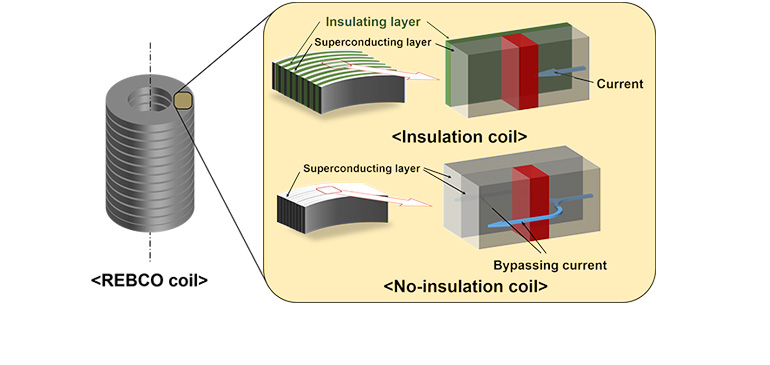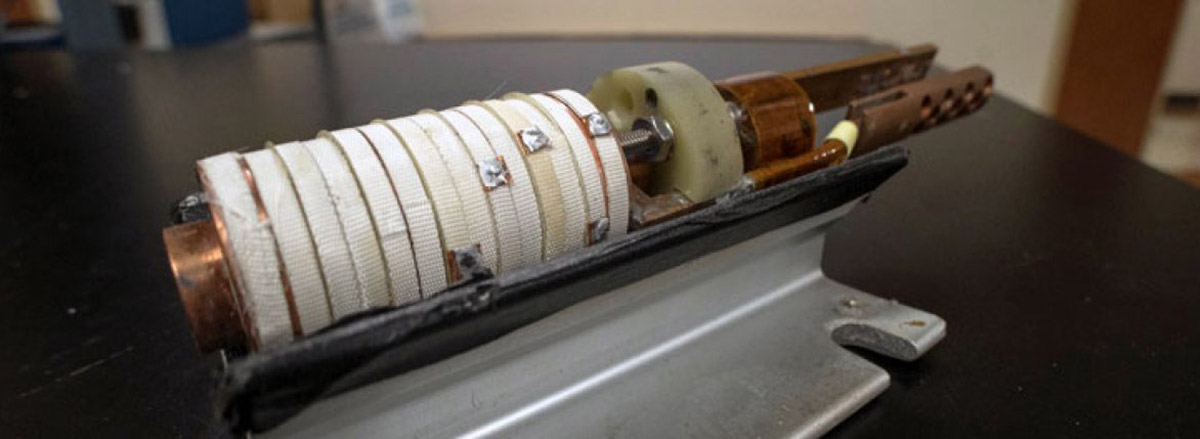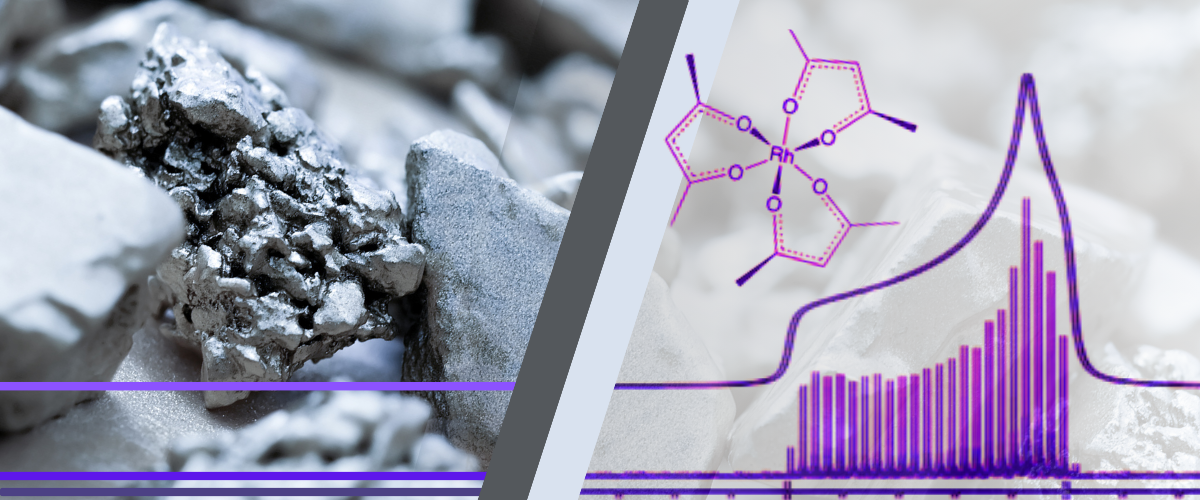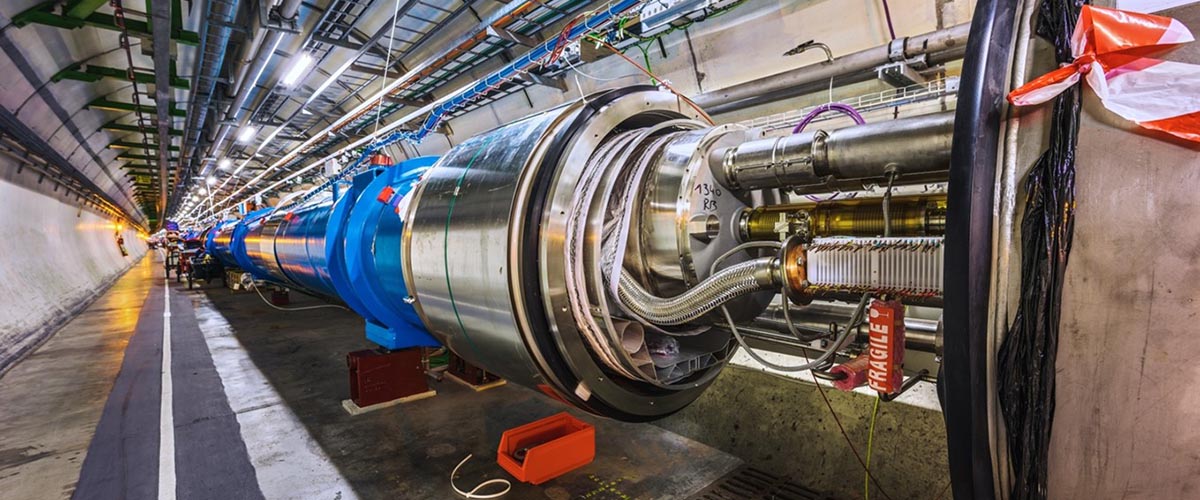Contact: Seungyong Hahn or Iain Dixon
TALLAHASSEE, Fla. — Sometimes, the best things come in small packages.
That was the case January 18 at the National High Magnetic Field Laboratory when a magnet that fits in the palm of your hand claimed a new world record.
Made of high-temperature superconducting (HTS) tape, the miniature magnet is only the second of its kind ever made. Outperforming its MagLab predecessor, it reached a magnetic field of 11.3 teslas (or T, a unit of magnetic field strength) while inside a larger, 31.2-T resistive magnet. Operating as one 42.5 T “hybrid” magnet, this test instrument achieved two records at once. First, the 42.5 T field is the highest field in which a superconducting magnet has ever operated. Second, 42.5 T is a new world record for an HTS magnet operating within a background field.
The new record was within striking distance of the 45-tesla hybrid magnet, which holds the Guinness World Record for any continuous-field magnet, held by the National MagLab since 1999.
“We are this close,” said the new magnet’s designer, MagLab engineer Seungyong Hahn, as he held up an index finger and thumb as if applying a pinch of salt. “It’s really good motivation for the next attempt.”
Hahn has pioneered the “no-insulation” technique to which the magnet owes its slim profile: It looks like a toy next to the traditional superconducting magnets (made of niobium-tin and niobium-titanium) that it may one day make obsolete.
Until now, engineers have woven insulators between the conducting layers of a magnet to direct the electric current that creates the magnetic field. But Hahn, a professor at the FAMU-FSU College of Engineering, came up with a design that jettisons the insulation, allowing engineers to pack far more conductor, and therefore more current to generate higher fields, into a smaller area (see illustration below). This provides more options on how to design even stronger magnets, said MagLab engineer Iain Dixon, who oversaw the new magnet's construction.

Engineers are confident this new HTS magnet, made of rare-earth barium copper oxide (REBCO) shaped into an extremely thin (0.042 mm) tape, will help the MagLab surpass the record held by the 45-tesla hybrid, built using an older, far bulkier technology.
“We’re pushing to go beyond 45 T,” said Dixon. “Because this technology makes such compact coils, it’s a way we can actually fund stronger magnets. This technology looks like the best way of achieving that.”
In this latest test, the REBCO superconductor demonstrated an unheard-of current density – the amount of electricity passing through a conductor’s cross-section. The copper wire in your home has a current density of about 4 amps per square millimeter. Other HTS magnets have exhibited current densities of about 200 amps per square millimeter. The new no-insulation magnet reached a current density of 1,100 amps per square millimeter.
“No one ever designed any magnet — any kind of magnet — with such a high current density,” said Hahn. “It’s a different level than people can even imagine.”
Unlike many other superconducting materials used in magnets, REBCO continues to operate even in the presence of very high magnetic fields, allowing REBCO magnets to be paired with very strong superconducting magnets to generate very large fields.
The MagLab is now building a smaller version of this hybrid magnet slated to become available to scientists later this year. The 20-T system will help researchers and engineers learn more about how to operate a no-insulation coil and what science it can yield.
The new record magnet was the result of close collaboration between the MagLab’s Applied Superconductivity Center and Magnet Science and Technology division. The team will continue to work on technical issues — improving the joints between sections of superconductor and the cooling system — as they build the magnet’s third iteration.
It’s all part of being on the cutting edge of technology.
“Everything is the first time,” Hahn said, “so even we don’t even understand everything at the moment.”
Story by Kristen Coyne






